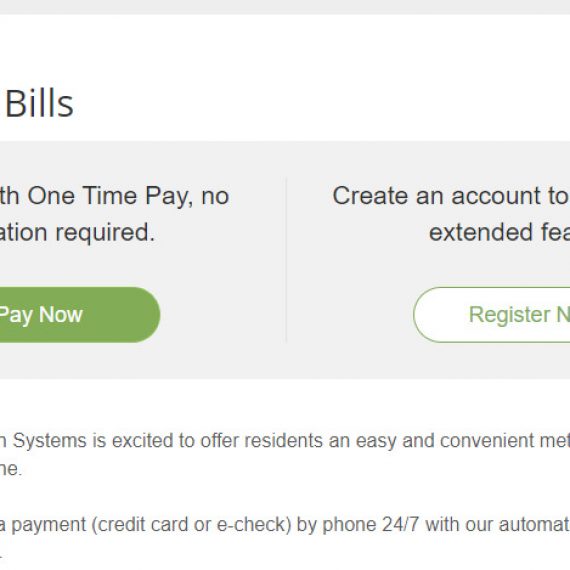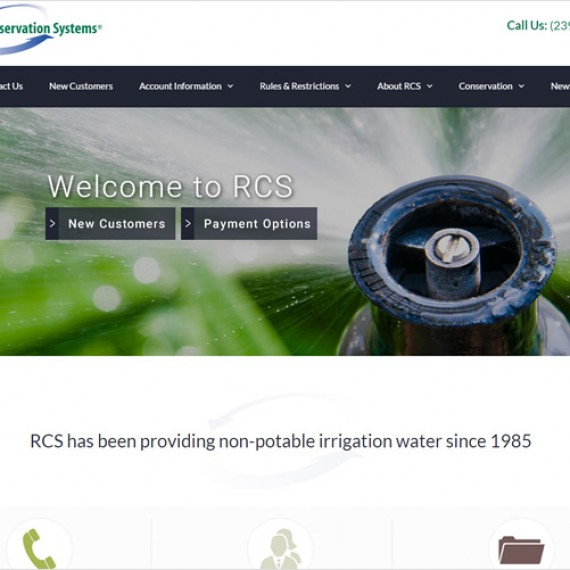Water Conservation Tips
Adjust Sprinklers
Adjust sprinklers so only the lawn is watered and not the house, sidewalk, or street. Do not water on windy days. Check and maintain your sprinkler system regularly. A heavy rain means you don’t have to water at all. Teach the family how to turn off an automatic sprinkler system in case a storm comes up during the sprinkling cycle.
Water During the Cool Time of the Day
Always water during the cool time of the day to minimize evaporation. Early morning is best, and the peak water consumption hours (4 p.m. – 9 p.m.) should be avoided
Minimize Grass Areas in your Yard
Minimize grass areas in your yard because less grass means less water demand. Replace with low-water use landscaping.
Adjust your Irrigation Schedule
Adjust your irrigation schedule to accommodate changes in seasonal water demand. Install an automatic timer.
Buy a Rain Gauge
Buy a rain gauge to determine how much rain or irrigation your yard has received.
When Mowing, Raise the Blade on your Lawn Mower
When mowing, raise the blade on your lawn mower to at least three inches high, or to its highest level. Closely-cut grass makes the roots work harder, requiring more water.
Use Native or Other Low Water Use Plants.
For landscaping, use native or other low water use plants. Check with your local nursery for the best native or low-water use trees, shrubs and plants.
Using a Layer of Mulch Around Plants Reduces Evaporation
Using a layer of mulch around plants reduces evaporation and promotes plant growth. Water retaining basins also allow water to be concentrated around the plants.



